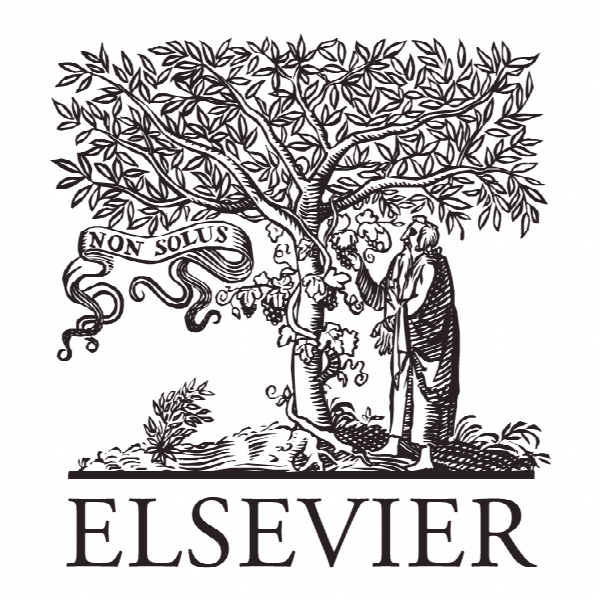تجمع سرب در پوسته صدف، یک ابزار بالقوه برای پایش محیطی Lead accumulation in oyster shells, a potential tool for environmental monitoring
- نوع فایل : کتاب
- زبان : انگلیسی
- ناشر : Elsevier
- چاپ و سال / کشور: 2018
توضیحات
رشته های مرتبط مهندسی محیط زیست، شیمی
گرایش های مرتبط مهندسی بهداشت محیط و آلودگی محیط زیست
مجله بولتن آلودگی دریایی – Marine Pollution Bulletin
دانشگاه Nantes University – France
منتشر شده در نشریه الزویر
کلمات کلیدی فلزات، ماهی قزل آلا، آلودگی سرب، رکورد پروکسی، سواحل اروپا
گرایش های مرتبط مهندسی بهداشت محیط و آلودگی محیط زیست
مجله بولتن آلودگی دریایی – Marine Pollution Bulletin
دانشگاه Nantes University – France
منتشر شده در نشریه الزویر
کلمات کلیدی فلزات، ماهی قزل آلا، آلودگی سرب، رکورد پروکسی، سواحل اروپا
Description
1. Introduction With mercury and cadmium, lead (Pb) is one of the most frequent and toxic contaminant in our environment. Lead is naturally introduced in marine environments by forest fires, volcanic activity and erosion and transport processes. It is supplied to water by gas exchanges, precipitations or fall-out of particles (Clark, 2001). Drained by rivers, it is transported dissolved as carbonate, hydroxide or chloride complexes (Libes, 1992). Tending to adsorb on organic matter particles, and being stocked in sediments under this particulate form, lead residence time is estimated to be less than five years in the surface waters (Veron et al., 1987; Wu and Boyle, 1997). However, in sediments and soils, its geochemical half-life is estimated about seven centuries (Semlali et al., 2004). Stocked in the soft surface sediments, lead can easily be remobilized and its remnant toxicity can poison the environment over millenniums. Lead was extensively used during the Antiquity, in water supply systems or cooking utensils, having severe consequences on the health of the population (Harrison and Laxen, 1981). Smelters’ activities locally contributed to lead supply in the sediments. Anthropogenic lead in the sediments of some antique harbors also reveals the impact of ore extraction and utilization for domestic purposes (Delile et al., 2014). High latitude ice-cores and high altitude varved lake deposits also show lead increases for this period, testifying the global environmental impact of lead use during Antiquity (Boutron et al., 2004; Guyard et al., 2007). Later, the industrial revolution marks the first major global increase in lead fluxes to the ocean (Clark, 2001). A second increase coincides with the 1930–1970 period, and the atmospheric dispersal of residues from leaded gasoline (Boyle et al., 1986; Harrison and Laxen, 1981).


